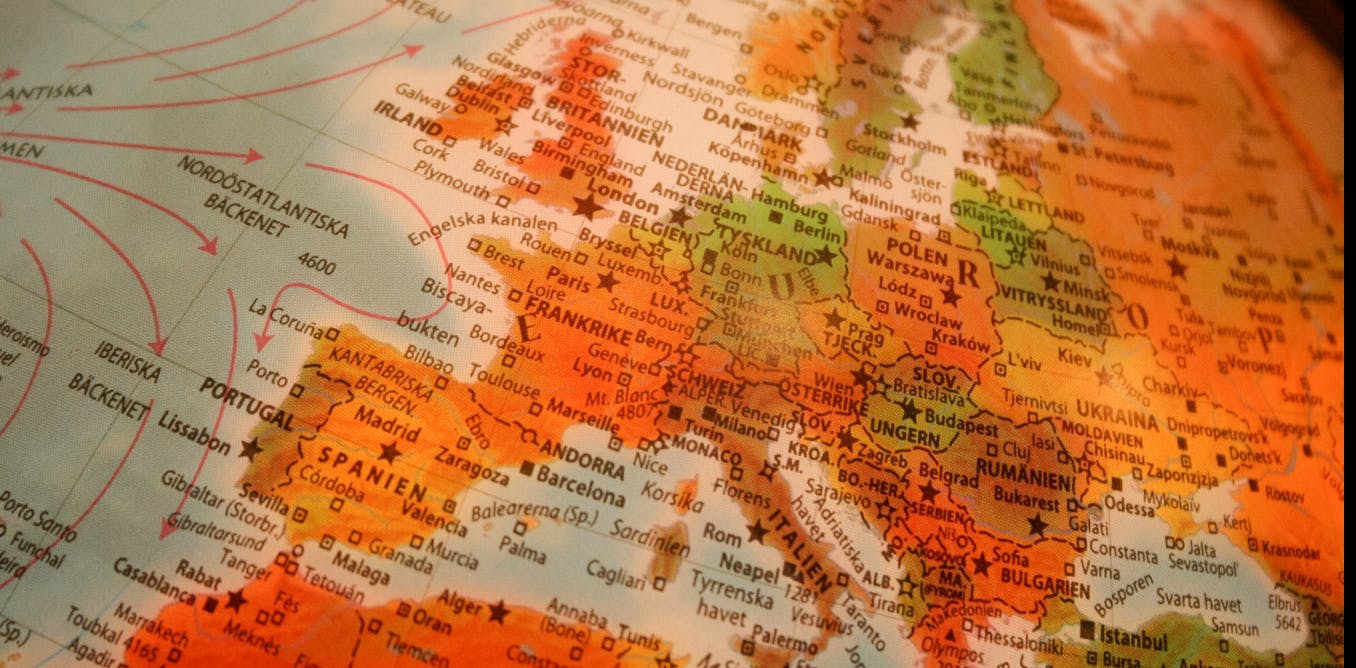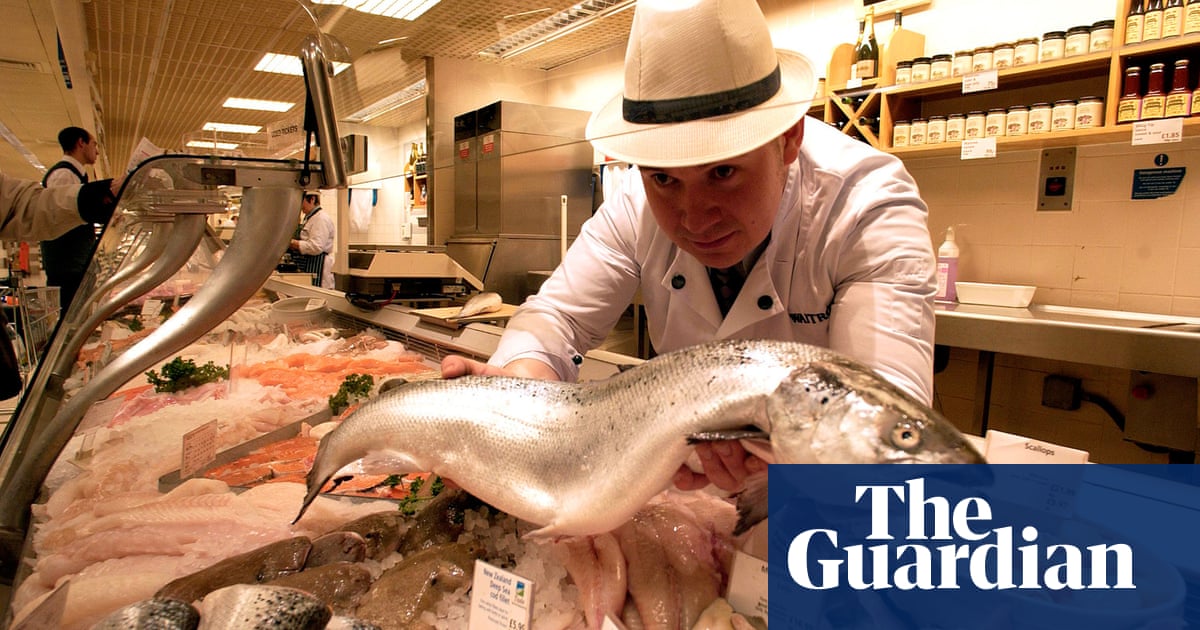Well perhaps “follow the money” isn’t quite right – it’s more a question of watching where the money isn’t going. We may be able to actually steer it in better directions. Pressure on financial institutions is starting to have an impact on fossil fuel companies. This is “another lever” when governments don’t seem to listen. We may have more direct influence as a consumer, shareholder or customer than we do over governments.
One recent example: Goldman Sachs are no longer investing in Arctic oil drilling or thermal coal.
In the long term, fossil fuels don’t look particularly attractive. Many of those “assets” will inevitably stay in the ground and they won’t be worth very much. Credit agency Moody’s recently adjusted ExxonMobil’s credit outlook to negative
And some financial instutions are taking more ethical initiatives. Climate Action 100+ is “an investor initiative to ensure the world’s largest corporate greenhouse gas emitters take necessary action on climate change”. An institutional investor with $35 trillion in funds to steer the relevant companies in the right direction. This is a link to their 2019 progress report



